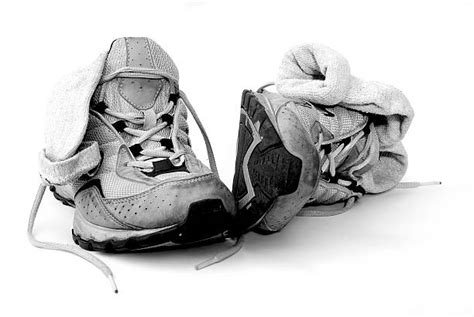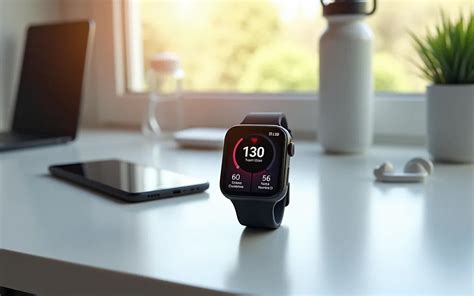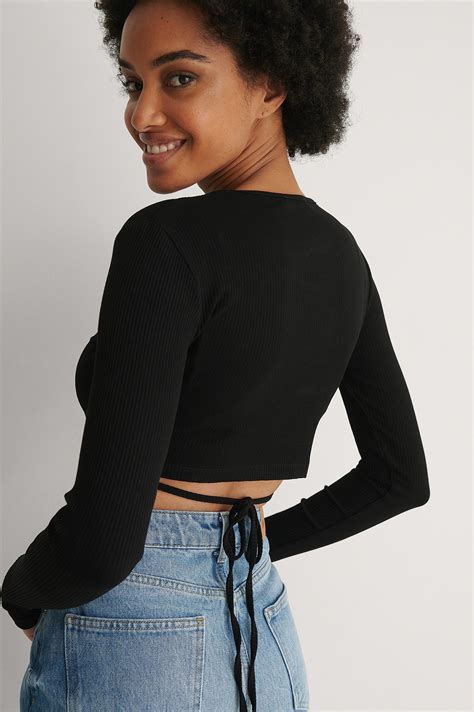The Foundation of Your Daily Run: Why Shoe Choice Matters
For anyone committed to regular exercise, especially running, the right footwear is not just an accessory—it’s a critical piece of equipment that directly impacts performance, comfort, and injury prevention. Daily workouts demand shoes that can withstand repeated impact, offer consistent support, and maintain their integrity over time. Choosing durable and supportive running shoes is an investment in your athletic health and longevity. This guide will walk you through the essential factors to consider, ensuring your feet are well-protected stride after stride.

Understanding Your Unique Foot and Running Style
Before diving into specific shoe features, the most crucial step is to understand your own feet and how they move. A professional gait analysis at a specialized running store can provide invaluable insights, but you can also perform a basic wet test at home to determine your arch type.
Gait Analysis: Pronation and Supination
- Neutral Pronation: Your foot rolls inward slightly to absorb shock. Many shoes are designed for neutral runners.
- Overpronation: Your foot rolls inward excessively, often associated with flatter arches. Stability shoes, with features like medial posts, are typically recommended.
- Supination (Underpronation): Your foot doesn’t roll inward enough, putting stress on the outer edge. Neutral shoes with ample cushioning are often suitable.
Foot Arch Type
Your arch height (flat, normal, high) often correlates with your pronation type and influences the level of support you need.
Understanding these aspects will significantly narrow down your options and help you focus on shoes engineered for your specific biomechanics.

Durability: Built to Last Through Daily Miles
Daily use puts significant stress on running shoes. Durability is about how well a shoe maintains its cushioning, support, and structural integrity over hundreds of miles. Look for these indicators of a long-lasting shoe:
Outsole Materials and Tread
- Carbon Rubber: Often found in high-wear areas (heel, forefoot), carbon rubber is highly durable and provides good traction.
- Blown Rubber: Lighter and more flexible, offering better cushioning but less durability than carbon rubber. Many shoes combine both.
- Tread Pattern: Deeper, more aggressive lugs are good for trails, while flatter, smoother patterns suit road running.
Midsole Resilience
The midsole is the engine of the shoe, providing cushioning and energy return. Modern materials like PEBAX, TPU-based foams, and highly engineered EVA blends are designed to resist compression and maintain their springiness over time better than traditional EVA.
Upper Construction
The upper needs to be breathable yet robust. Engineered mesh, woven knits, and well-stitched overlays can offer a balance of flexibility, breathability, and resistance to tearing.

Support: Cushioning, Stability, and Fit
Support in a running shoe refers to its ability to guide your foot through a natural gait cycle and absorb impact. This often involves a combination of cushioning, stability features, and a secure fit.
Cushioning Levels
- Max Cushioning: Offers superior shock absorption, great for long runs or recovery, but can sometimes feel less responsive.
- Moderate Cushioning: A balanced approach, providing comfort without sacrificing too much ground feel or responsiveness.
- Minimal Cushioning: Closer to the ground feel, for runners who prefer more proprioception and less bulk.
Stability Features
For overpronators, stability shoes incorporate features to prevent excessive inward rolling:
- Medial Post: A denser foam on the arch side of the midsole.
- GuideRails/J-Frame: Modern approaches that cradle the foot, guiding it back into alignment rather than forcing it.
- Supportive Upper: Strategically placed overlays or internal straps to hold the foot securely.
Heel Counter and Fit
A firm heel counter helps lock the heel in place, preventing slippage. The overall fit should be snug in the midfoot, with ample room in the toe box for your toes to splay naturally. Ensure no pressure points or rubbing.

When to Retire Your Running Shoes
Even the most durable shoes have a lifespan. General guidelines suggest replacing running shoes every 300-500 miles, but this can vary based on your weight, running style, and the terrain. Look for these signs of wear:
- Decreased cushioning or springiness.
- Asymmetrical wear patterns on the outsole.
- Aches or pains developing in your feet, knees, or hips that weren’t there before.
- Visible cracks or creases in the midsole.
- Torn or worn-out upper materials.
Don’t wait until your shoes are completely falling apart; worn-out shoes lose their protective qualities and can lead to injury.

Final Considerations: Try Before You Buy
The best advice is always to try shoes on. Go to a specialized running store where staff can observe your gait and recommend models suited to your needs. Wear your typical running socks and take a short jog on a treadmill or around the store. What feels comfortable and supportive in the store will likely feel the same on your daily runs.
Conclusion: Invest in Your Stride
Choosing durable, supportive running shoes for your daily workouts is a critical decision that impacts your performance, comfort, and long-term health. By understanding your foot mechanics, prioritizing features that enhance durability and support, and knowing when to replace your footwear, you can ensure every run is a step in the right direction. Invest wisely in your shoes, and they will support you mile after mile.




